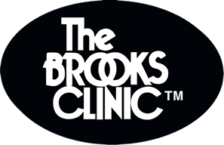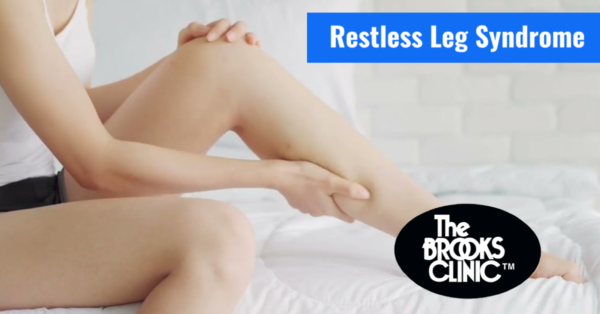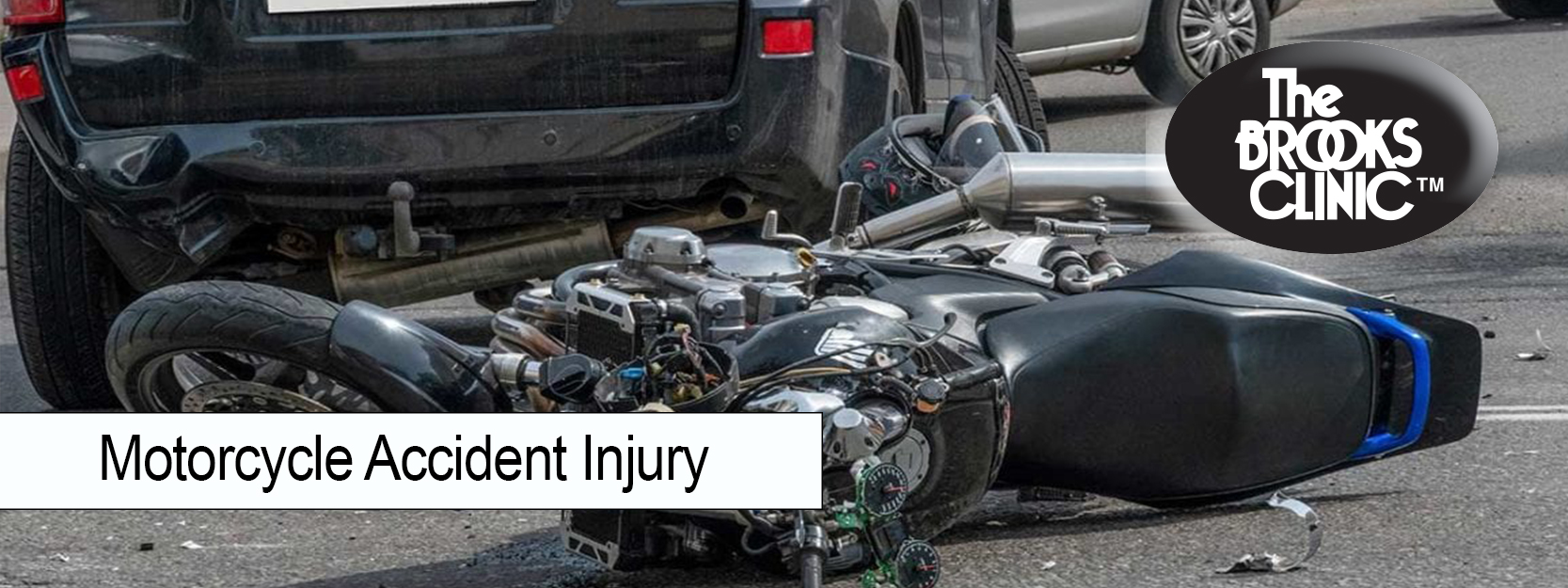Lower back pain is so common in today’s society that many people take have started to take it for granted. In fact, it is estimated that 80 percent of people will experience lower back pain at some point in their life. From poor posture to sudden injury, lower back pain can come from anywhere to put a real damper on life.
But it’s what you don’t know about lower back pain that can really hurt you.
Back pain is a symptom caused by numerous biological, psychological, and social conditions. The more you know about it and how to deal with it, the more successful you’ll be at treating it when it occurs.
Causes of Lower Back Pain
Although there are many things that can trigger lower back pain, it is mostly caused by musculoskeletal conditions, many of which are avoidable.
Researchers and spinal health care practitioners recognize three categories of lower back pain:
· Specific spinal pathologies – These are conditions that cause back pain and require urgent and specific referral and treatment. They include spinal infections, malignancy, spinal arthropathies (e.g. rheumatoid arthritis), cauda equina syndrome (compression on spinal nerve roots), or spinal fractures. Although these conditions account for less than one percent of back pain patients, they are highly serious conditions requiring immediate attention.
· Radicular syndromes – As many as 10 percent of all cases of back pain are caused by structural damage that irritates or pinches a nerve. The most common of these is the sciatic nerve. If you are suffering radicular pain that extends down your leg due to a back injury, you may be diagnosed with sciatica.
However, other back injuries such as a herniated disc, facet joint sprain, degenerative disc disease, spondylosis, or a back-ligament sprain can cause radicular pain syndrome. Radiculopathy (a pinched or compressed nerve) can affect your ability to walk. Another painful and disabling condition is spinal stenosis, which involves compression within the spinal canal. It is usually more prevalent in elderly patients.
· Non-specific lower back pain (NSLBP) – This refers to lower back pain where no particular area has been injured and your spinal health practitioner has excluded specific spinal pathologies and radicular syndromes. NSLBP conditions account for the vast majority of lower back pain causes and it can almost always be managed with pain relief and physiotherapy techniques such as manual therapy and back exercises. In fact, most improve within two to six weeks.
There are many causes of NSLBP, but these can be categorized as either sudden, traumatic, or sustained overstress injuries. An example of a traumatic back injury is when you bend without bracing yourself to lift something heavy and you tear a muscle.
A sustained overstress injury, on the other hand, is usually caused by poor posture, which is fairly common but also much easier to prevent. Positional stress or postural fatigue causes subtle stress on your lower back over a long period of time, which leads to injury and back pain.
Fortunately, you can take steps to prevent or lessen the incidence of lower back pain. A physiotherapist can identify the source of your back pain and provide long-term management or back pain prevention strategies specific to your needs.
Don’t let lower back pain leave you in constant discomfort or keep you from doing the things you love to do. Finding the right interventional pain management clinic in Oklahoma can make all the difference. To learn more about your pain relief options, call The Brooks Clinic at (405) 400-0877or schedule an appointment online.




